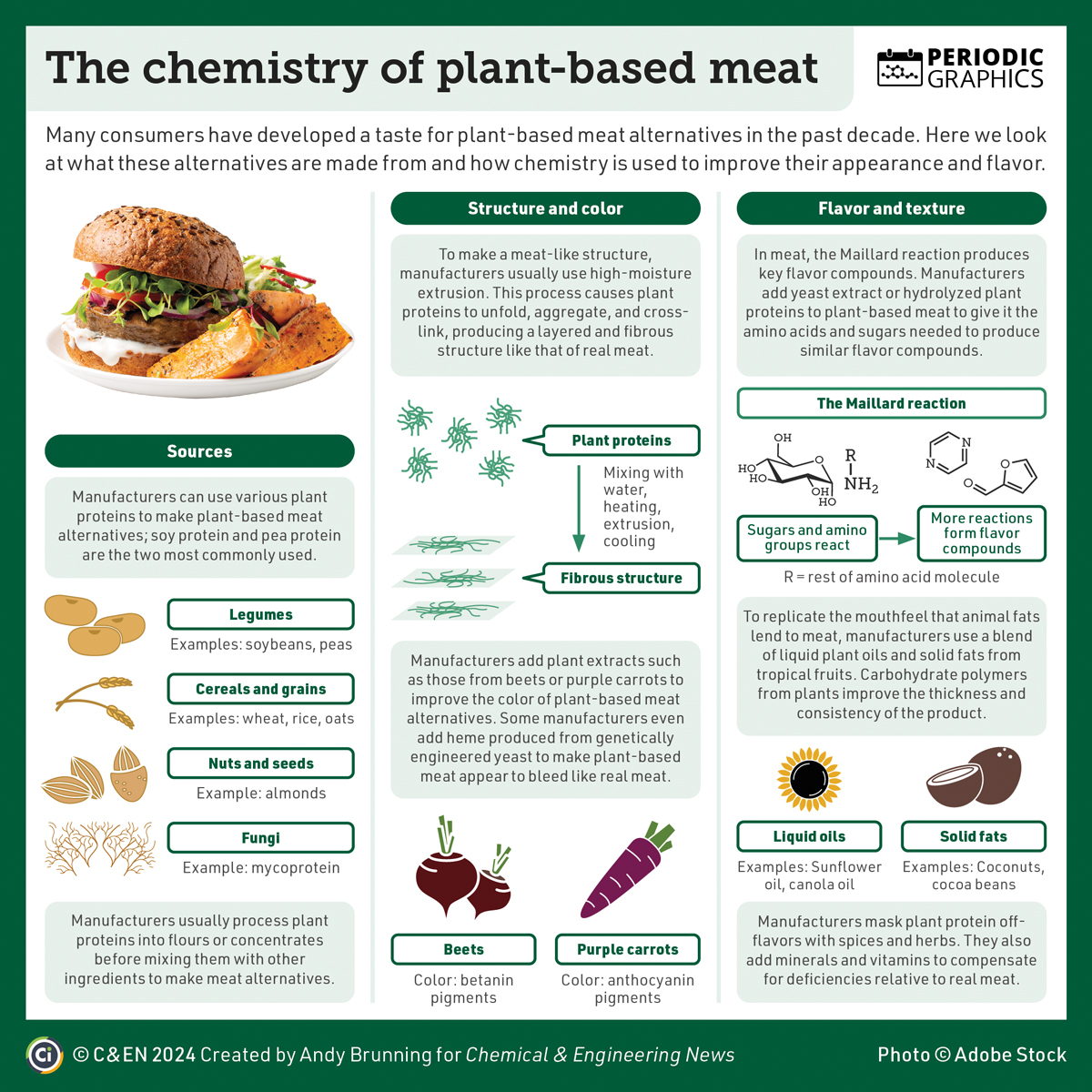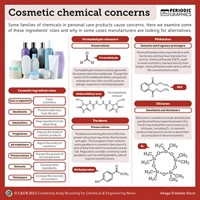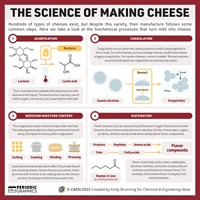Advertisement
Grab your lab coat. Let's get started
Welcome!
Welcome!
Create an account below to get 6 C&EN articles per month, receive newsletters and more - all free.
It seems this is your first time logging in online. Please enter the following information to continue.
As an ACS member you automatically get access to this site. All we need is few more details to create your reading experience.
Not you? Sign in with a different account.
Not you? Sign in with a different account.
ERROR 1
ERROR 1
ERROR 2
ERROR 2
ERROR 2
ERROR 2
ERROR 2
Password and Confirm password must match.
If you have an ACS member number, please enter it here so we can link this account to your membership. (optional)
ERROR 2
ACS values your privacy. By submitting your information, you are gaining access to C&EN and subscribing to our weekly newsletter. We use the information you provide to make your reading experience better, and we will never sell your data to third party members.
Natural Products
Periodic Graphics
Periodic Graphics: Common stimulants from plants
Chemical educator and Compound Interest blogger Andy Brunning describes some well-known stimulants that plants make and why they make them.
by Andy Brunning, special to C&EN
February 27, 2022
| A version of this story appeared in
Volume 100, Issue 8


To download a pdf of this article, visit http://cenm.ag/stimulants.
References used to create this graphic:
Oliver-Bever, B. “Why Do Plants Produce Drugs? Which Is Their Function in the Plants?” Q. J. Crude Drug Res. (1970). DOI: 10.3109/13880207009066221.
Spinella, Marcello. The Psychopharmacology of Herbal Medicine: Plant Drugs That Alter Mind, Brain, and Behavior. Cambridge, MA: MIT Press, 2001.
Wiart, Christophe. “Plants Affecting the Central Nervous System.” In Ethnopharmacology of Medicinal Plants: Asia and the Pacific, 57–153. Totowa, NJ: Humana Press, 2006.
A collaboration between C&EN and Andy Brunning, author of the popular graphics blog Compound Interest
To see more of Brunning’s work, go to compoundchem.com. To see all of C&EN’s Periodic Graphics, visit http://cenm.ag/periodicgraphics.





Join the conversation
Contact the reporter
Submit a Letter to the Editor for publication
Engage with us on Twitter